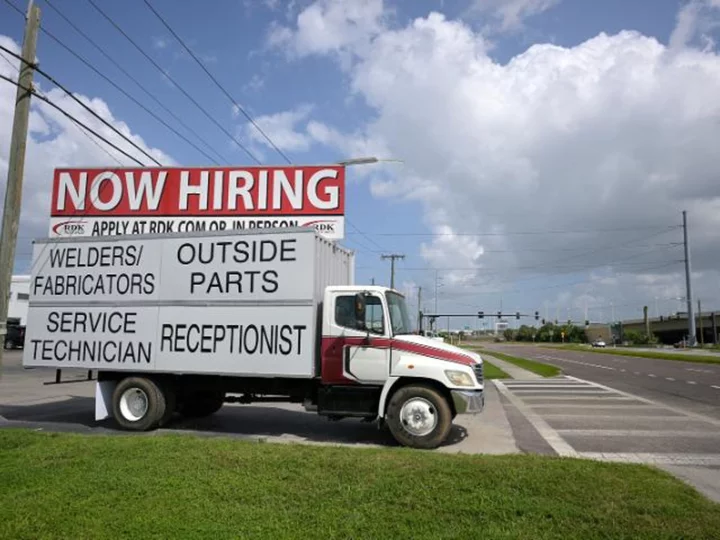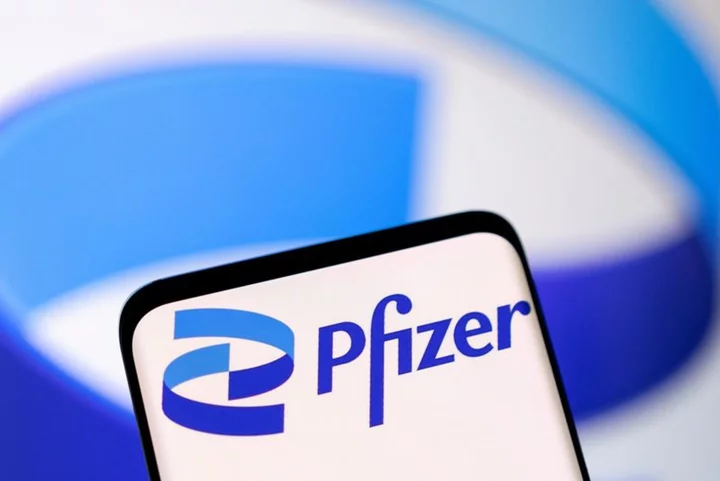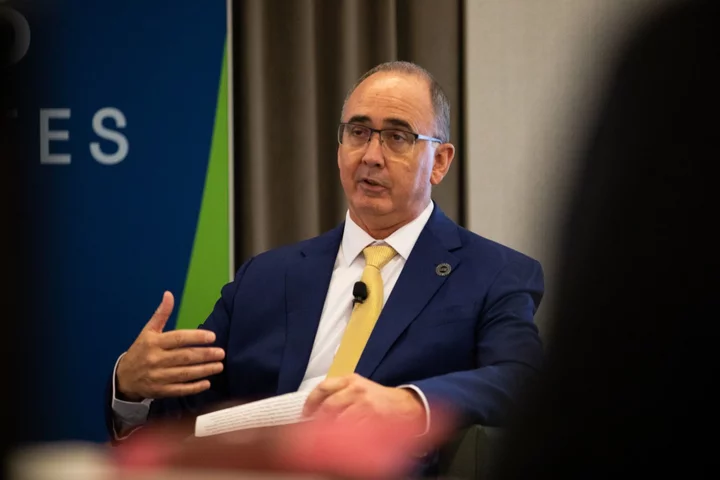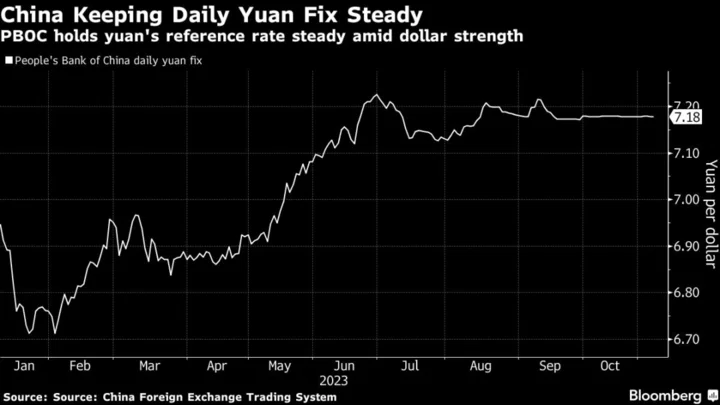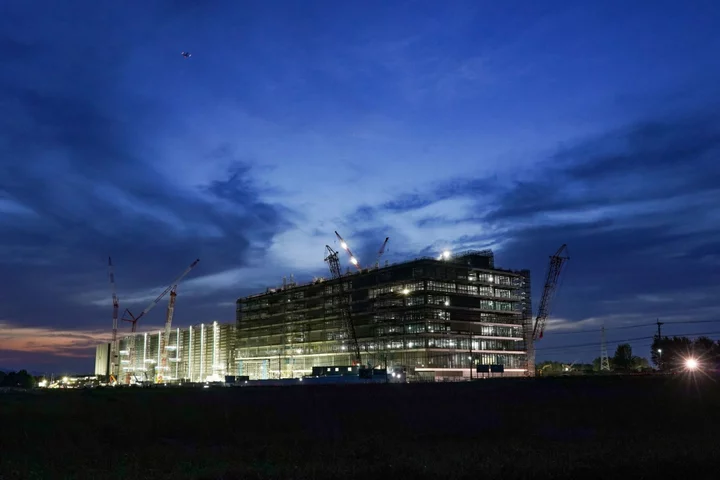Almost any economist will tell you they don't have a crystal ball. But using all kinds of fancy (and sometimes not so fancy) models, they make predictions about forthcoming economic data. And oftentimes, economists' consensus forecasts are spot on.
That wasn't the case with today's ADP private sector jobs data report.
The nation's largest private payroll processor reported US employers added an estimated 89,000 private-sector jobs in September. Economists thought there'd be 153,000 new hires.
Behind the headline number
The leisure and hospitality sector continued to lead job growth, with an estimated 92,000 positions added during the month, my colleague Alicia Wallace reported. The largest declines were in professional and business services; trade, transportation and utilities; and manufacturing, according to ADP.
Large businesses with 500 or more employees drove the decline, losing 83,000 jobs.
Zooming out
ADP's latest report certainly gives the impression that the labor market is cooling as fewer people are getting hired.
But data from the Bureau of Labor Statistics' Job Openings and Labor Turnover Survey report for August showed the opposite with the number of available jobs unexpectedly bolting higher.
So how can the labor market be both cooling down and heating up at the same time? The same way a glass can be half empty or half full.
That is to say there are multiple different ways of looking at the labor market. And that's why economists at the Federal Reserve take into account multiple different reports on the state of the labor market.
Speaking of which...
The BLS is set to release the all-important monthly jobs report for September at 8:30am ET on Friday. Economists are expecting a net gain of 170,000 jobs, according to a consensus estimate of economists polled by Refinitiv.

